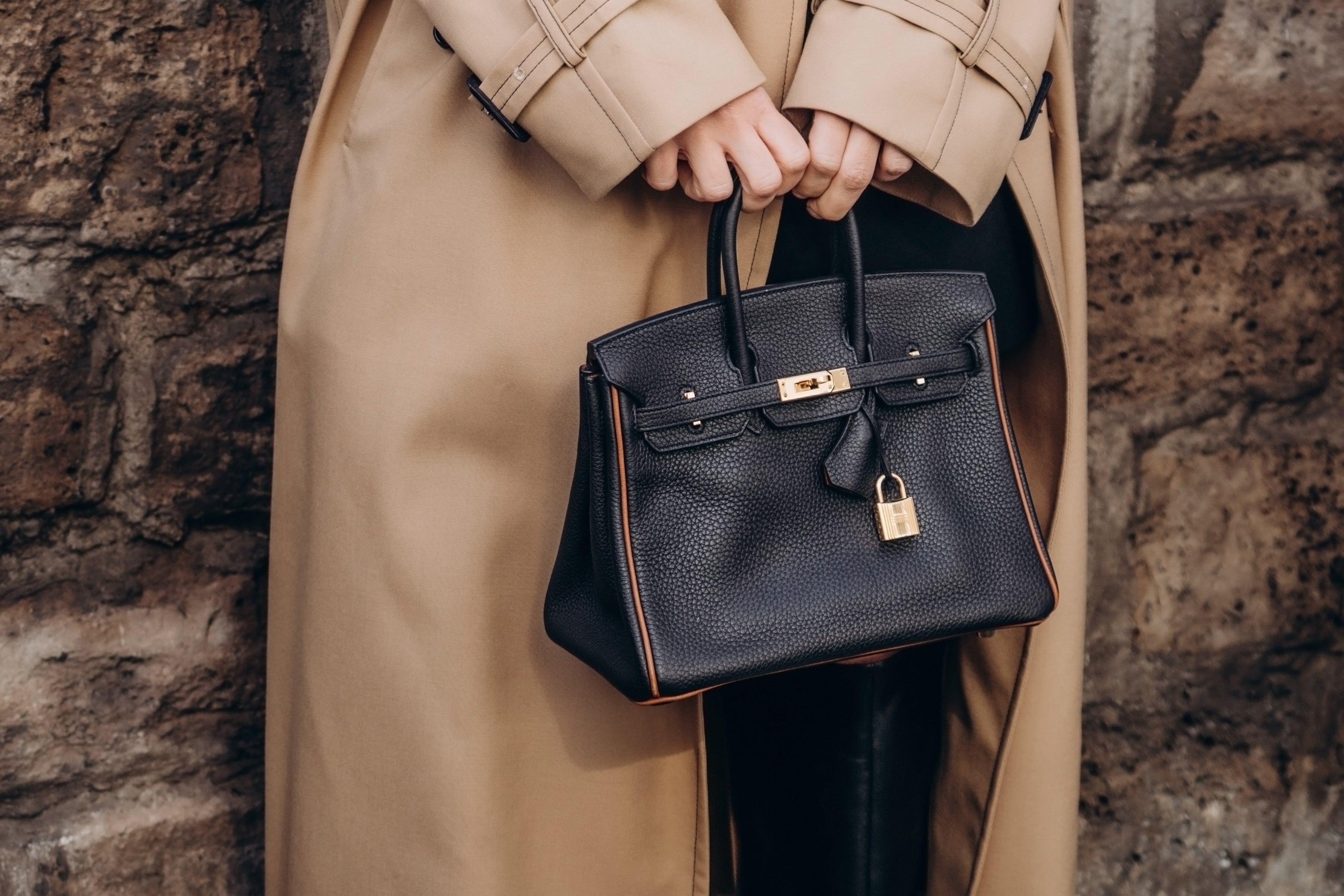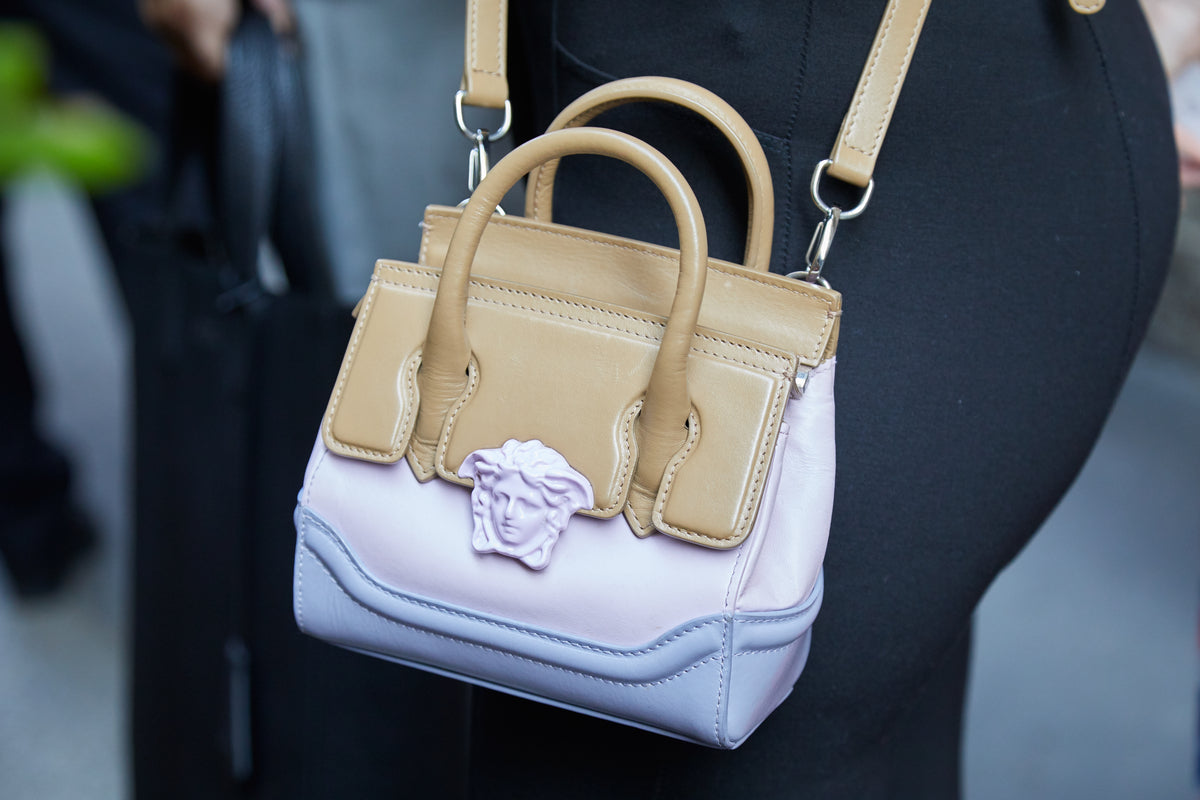Article: How to Authenticate a Genuine Hermes

How to Authenticate a Genuine Hermes
If you're into fashion, you've likely heard of the iconic luxury brand Hermes. With a legacy dating back to 1837, Hermes is known for creating timeless designs that have captured the hearts of collectors and enthusiasts for over a century. From the coveted Birkin and Kelly bags to their exquisite silk scarves and jewelry, Hermes pieces are all about top-notch quality, meticulous craftsmanship, and iconic style.
However, with the surge of fake items on the market, it's crucial to know the ropes of authenticating your Hermes piece. Not only does this protect you from falling for knock-offs, but it also ensures you're investing in a high-quality, valuable piece.
Here are some key things that set authentic Hermes pieces apart:
Logo and Branding
When checking if your Hermes piece is the real deal, the logo and branding take center stage. The Hermes logo has remained consistent over the years, featuring a carriage and horse motif with the brand name written in a serif font. In the 1950s, the brand started incorporating the word "Paris" into its logo to highlight its French heritage. Depending on the piece, the logo may also include accents such as accent marks or apostrophes, which should be consistent throughout the piece.
Genuine Hermes pieces boast a flawless logo with precise placement, proportions, and execution. Counterfeits may show discrepancies in their logo design, so keep an eye out for those authenticity clues.
Hardware
Hermes is renowned for the quality and attention to detail in its hardware. Authentic Hermes hardware feels substantial and is stamped with the brand logo. The color and finish should be consistent throughout the piece. In the 1960s, they started using palladium hardware to prevent discoloration. While metal finishes may vary, quality should always meet the brand's high standards.
Stitching
Exceptional stitching is a hallmark of Hermes craftsmanship. Stitches should be tiny, closely spaced, and uniform, with thread color matching the material. There should be no loose threads or inconsistent stitching. Hermes uses techniques like saddle stitching for durability, where two needles are hand-sewn through each hole simultaneously.
Leathers
Hermes uses top-notch leathers like calfskin, lambskin, and exotic skins. The leather should be soft and supple, free of blemishes or scratches. The grain should be consistent, reflecting the specific type of leather used. In the 1930s, Hermes introduced "Box" leather, known for its resilience and ability to maintain shape.
Fabrics
Hermes is famous for its exceptional textiles, especially the silk twill in its scarves. The texture should be sturdy and long-lasting, with a uniform pattern design. Hand-rolled edges are a hallmark of Hermes scarves, showcasing their craftsmanship. In the 1980s, the "H-Print" scarf with the brand's trademark "H" became a standout design.
Serial Number
Most Hermes pieces have a unique serial number on an interior leather tag, matching the one on the original packaging or authentication card. A blind stamp near the hardware indicates the manufacturing year and season.
Hermes is synonymous with excellence, and by paying attention to these elements, you can ensure your Hermes piece is authentic and of supreme quality. With counterfeit goods on the rise, knowing how to verify authenticity is more crucial than ever. Whether it's a handbag, scarf, or piece of jewelry, owning an authentic Hermes item is a true treasure for any fashion lover.



